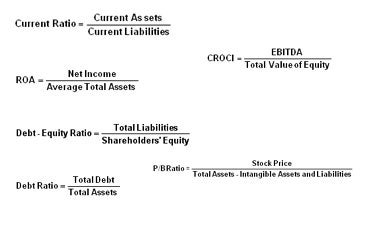Content

If you sell products at $1,000 each, you earn $10,000 in gross profit. Your cost of goods sold is $5,000 because your inventory costs $2,500. To calculate your net income, subtract your total expenses from your gross profit. Companies that follow the cash flow method of accounting must track cash inflows and outflows over a period of time.
What are the two types of accounts payable?
Business accounts payable can be divided into two types: salaries and expenses. They are typically in the form of supplier invoices, however, accounts payable can also include bills, invoices and checks.
When one company transacts with another on credit, one will record an entry to accounts payable on their books while the other records an entry to accounts receivable. In accounting, confusion sometimes arises when working between accounts payable vs accounts receivable. Mixing the two up can result in a lack of balance in your accounting equation, which carries over into your basic financial statements. Accounts payable are expenses incurred from buying from vendors and suppliers. If a company buys raw materials from a supplier, this results in an account payable for the company. Meanwhile, accounts receivables come from selling goods or services. When a customer pays for your service in installments, the amount owed will be listed as an account receivable until it is fully paid.
What is the difference between accounts payable and accounts receivable?
In addition, accounts receivable is considered a current asset, whereas accounts payable is considered a current liability. Your company’s Accounts Payable and Accounts Receivable records are critical accounting records that help you assess the overall health of your company. In short, accurately recording and analyzing your accounts payable and receivable numbers assist in determining your company’s bottom line. It also allows you https://online-accounting.net/ to see how much cash your company would have if you received all due payments and paid all due debts. To summarize, a company’s balance sheet lists accounts payable (A/P) in the short-term liabilities section since it represents future unmet obligations for purchases from suppliers/vendors. Accounts payable refer to the obligations incurred by a company during its operations that remain due and must be paid in the short term.
What are accounts payable and receivable examples?
Accounts payable are expenses incurred from buying from vendors and suppliers. If a company buys raw materials from a supplier, this results in an account payable for the company. Meanwhile, accounts receivables come from selling goods or services. When a customer pays for your service in installments, the amount owed will be listed as an account receivable until it is fully paid.
To reduce the risk of errors and fraud with accounts payable, it can be a good idea to have several people sign off on invoices. Balancing your books will be more straightforward if you can stay on top of both accounts. You’ll also be on track for a healthy cash flow if you can strike the balance between money earned and spent. It’s up to your vendors to determine What is the difference between accounts payable and accounts receivable? if they’re willing to extend credit terms to your business. If they do, any invoice you receive will likely have a very specific pay-by date that you’ll need to abide by in order not to violate the credit terms extended. Accounts payable are found on a firm’s balance sheet, and since they represent funds owed to others they are booked as a current liability.
Interim Financial Reporting: Advant…
Accounts payable is recorded when an invoice is approved for payment. Many companies use “segregation of duties,” i.e. making sure no single employee can approve a payment alone, to prevent embezzlement.